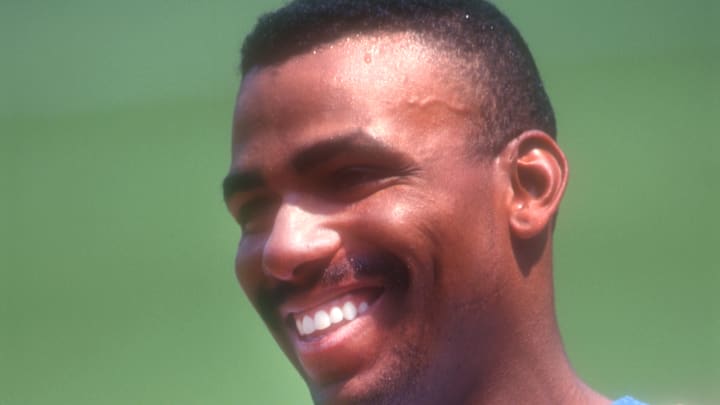The New York Mets have had some characters over the years. Some were even legendary. Guys like Marvelous Marv Throneberry, George "The Stork" Theodore, and Jimmy Piersall. Quirky relief pitchers like Tug McGraw, Roger McDowell, and Turk Wendell. They were all amusing and even a tad kooky. But it reaches a whole other level when a player becomes a disruption, and a headache for management.
Some players will have so much talent and mean so much to the team - on the field - that management will ignore the red flags. There is the obvious, like a young Lastings Milledge, who didn't last very long at all and was very quickly jettisoned out of Flushing. But there have been a number of players brought to the Mets, all of whom, turned out to be nothing more than a nagging problem.
1) Third base was always a headache for the New York Mets and Joe Foy would make it worse
Following the retirement of fan favorite Ed Charles at the conclusion of the 1969 World Championship season, the Mets hierarchy decided that the guy whom they had wanted to succeed Charles at third base was being a malcontent so they worked to rid themselves of the headache. The Mets banished Amos Otis to the Kansas City Royals for Joe Foy.
Foy had been acquired by the Royals in the expansion draft from the Boston Red Sox prior to the ’69 season. In his three seasons with the Sox and one with the Royals, Foy had proven to be a solid run-producer, with a combination of speed and right-handed power, and youth. So it appeared that the Mets had made a great move – getting a proven entity in Foy for an unknown in Otis.
Foy would spend the 1970 season confounding fans, management, and his own teammates. According to a story related by Jerry Koosman, Foy went out to the field high multiple times. According to Koosman, a batter “hit a hard ground ball by Foy. He never even saw it, but even after it went by him, he kept punching his glove and yelling, ‘Hit it to me, hit it to me.”
The Mets released him at the end of the season, and he was out of baseball by the end of the following year. Meanwhile the former future Mets third baseman Amos Otis went on to become one of the top centerfielders in baseball for many years. That’s enough to give management a headache for a while.
